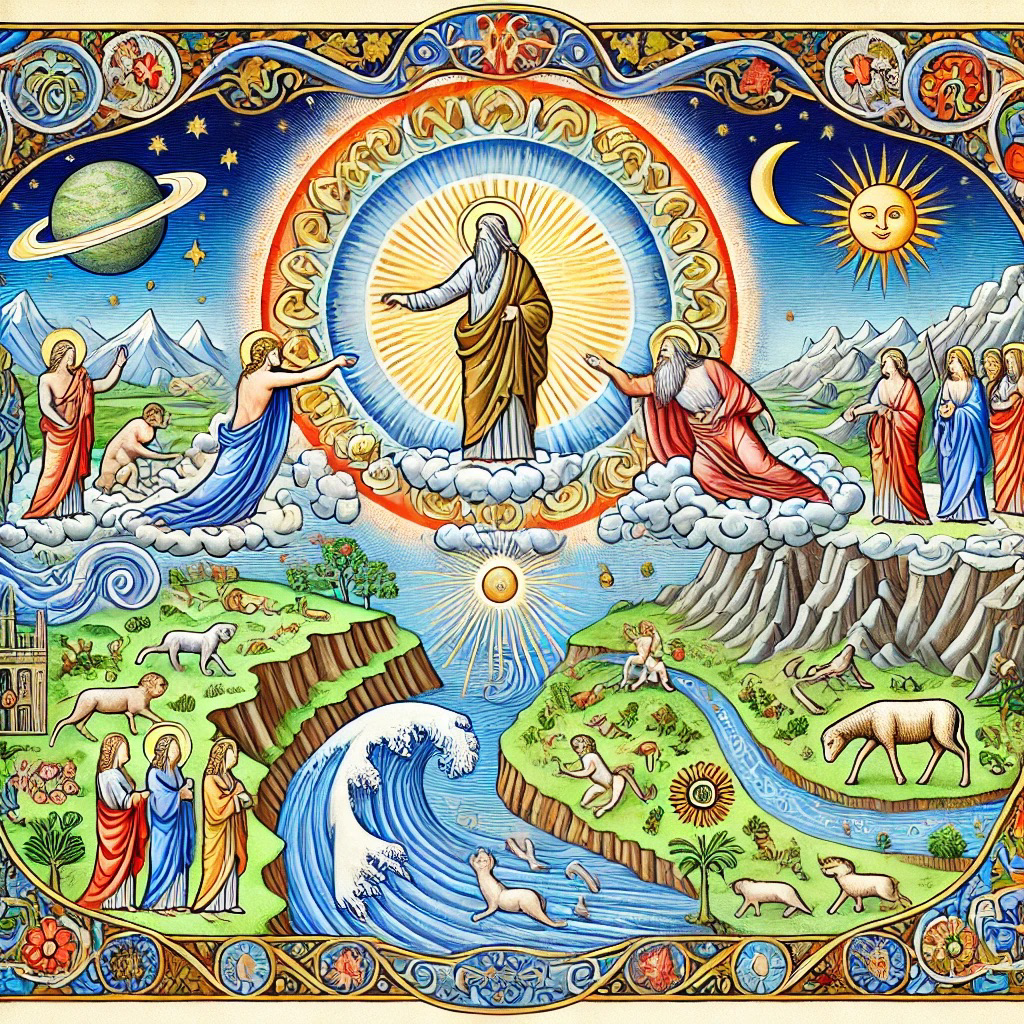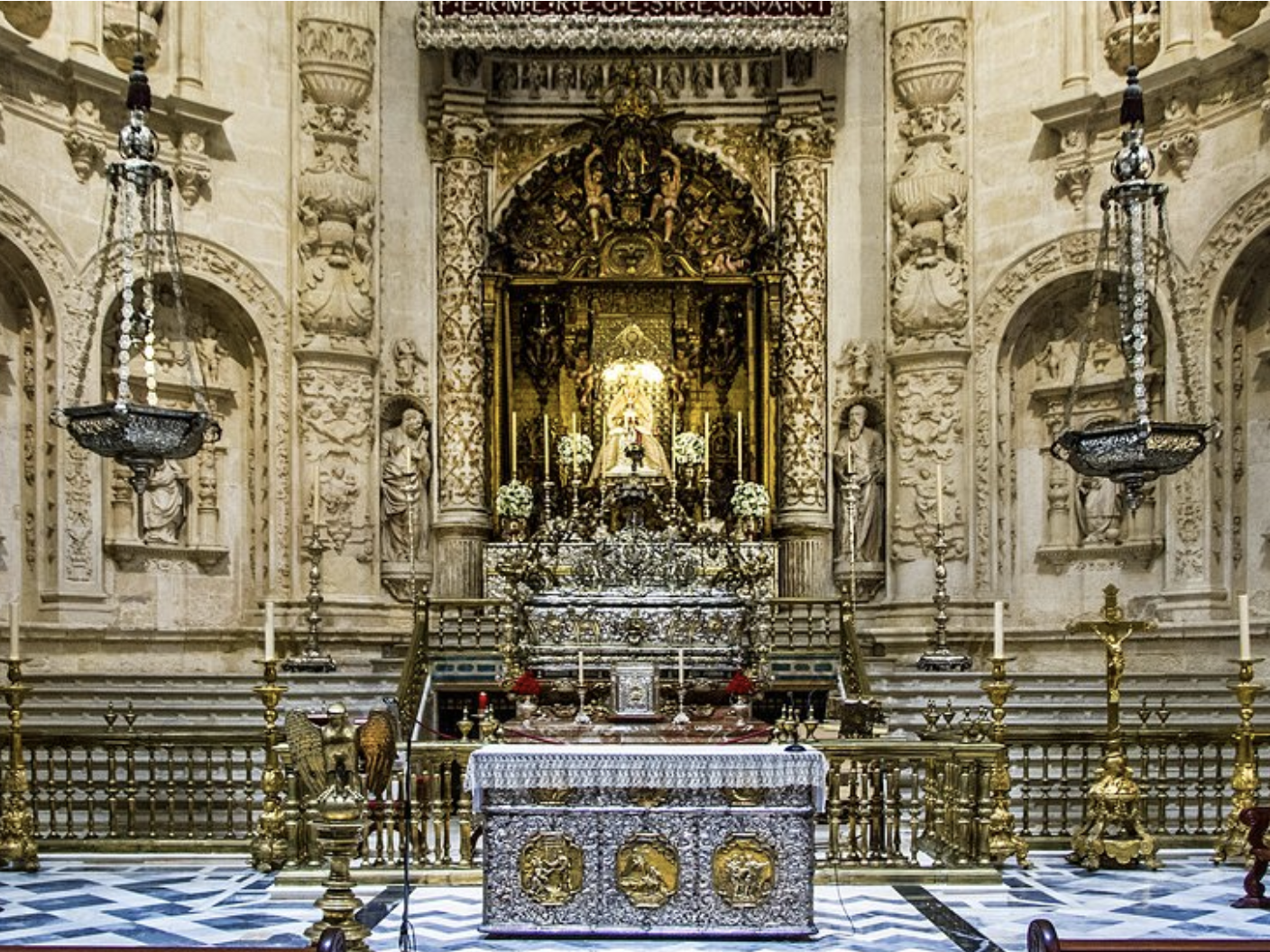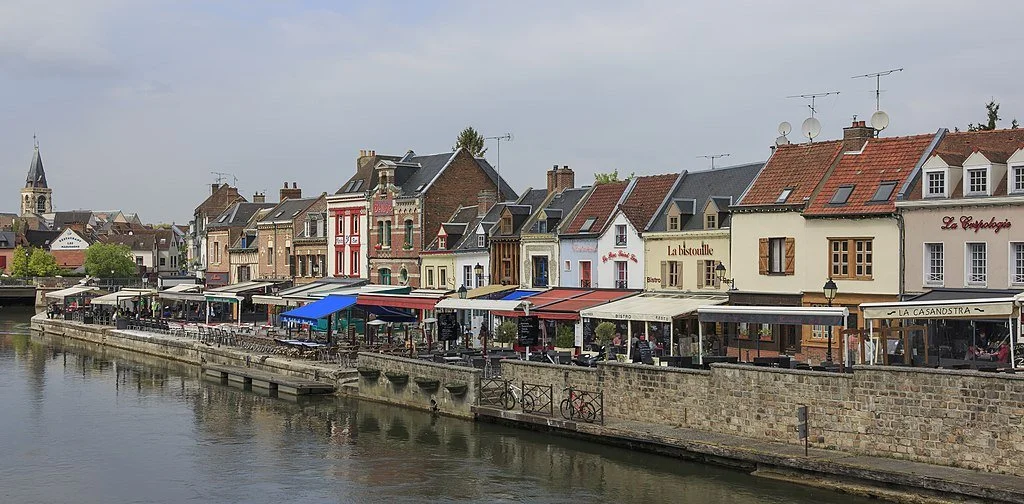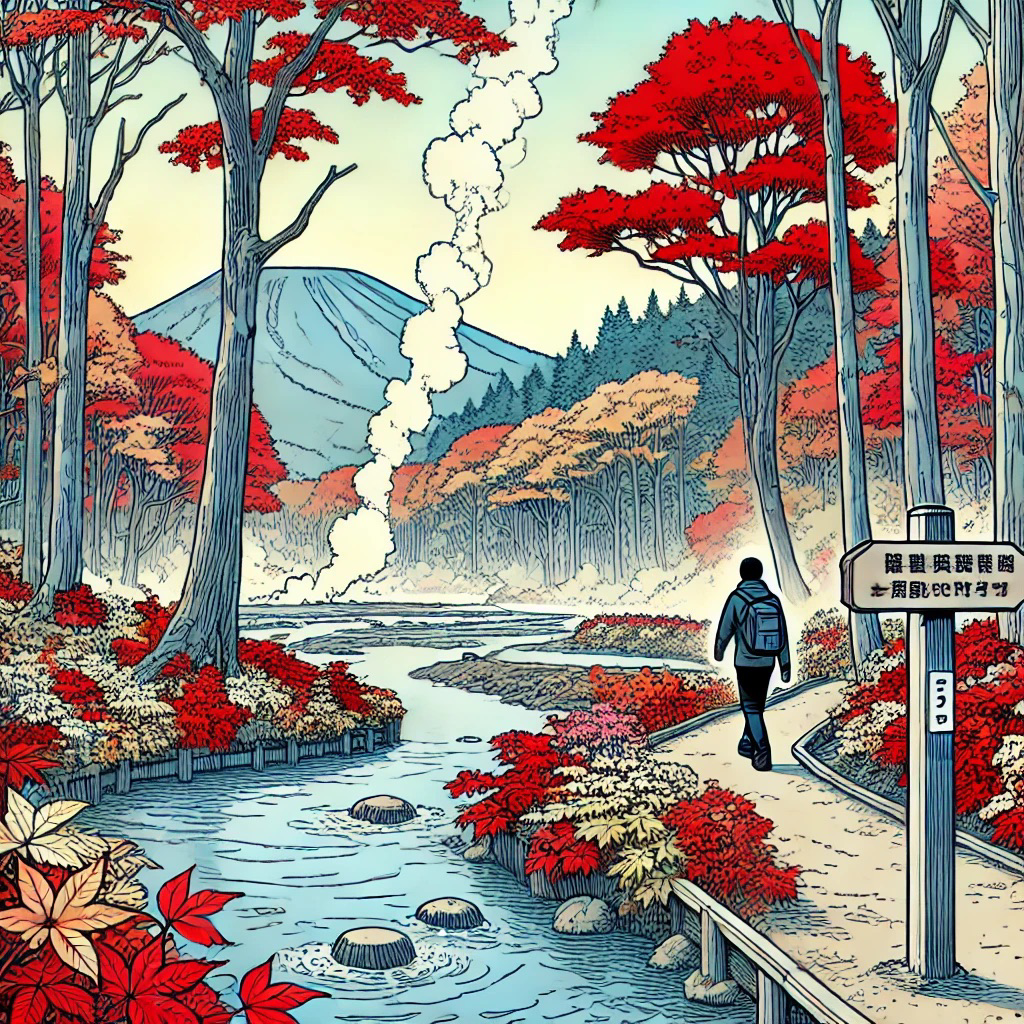Shocking alternative theories of biblical interpretation of Eden, Eve, the forbidden fruit, the serpent and original sin.
The Garden of Eden is considered the quintessential paradise — an untouched, idyllic realm where rivers flowed, trees bore fruit in abundance, and harmony reigned. At its heart stood the Tree of Life and the Tree of Knowledge of Good and Evil, both laden with mystery and meaning. But was Eden a literal place, a symbolic lesson or something altogether different? Are you willing to take a bite of the Tree of Knowledge — and face the consequences?
Was Eden an Actual Garden?
The Hebrew word translated as “garden” (gan) doesn’t fully capture its significance. In fact, some scholars argue that Eden was more akin to a sanctuary or a royal park — a sacred space where divine and human realms intersected.
For some, this shifts the narrative from a picturesque plot of land to a space designed for communion between humanity and God. If Eden is a sanctuary, it might suggest that this story is about something deeper — less about location, more about the intended relationship between humanity and the divine. Remember: God would hang out and take walks with Adam and Eve.
RELATED: What Does God Look Like?
The Tree of Knowledge: To Be Godlike?
The Tree of Knowledge is central to this story — a tree that was off-limits yet irresistible. Putting this temptation right in the middle of the garden wasn’t the nicest thing God could have done.
Scholars have long debated what the tree truly represents. Is it about moral discernment, free will or something darker?
Ellen van Wolde, in Reframing Biblical Studies, argues that the Hebrew word for knowledge (da’at) implies more than just knowing good from evil. It’s about power, authority and wisdom traditionally reserved for the divine. The tree, then, may be less about moral choice and more about the dangers of encroaching on knowledge and power intended only for God.
East vs. West: Interpretations of the Serpent
The serpent slithers in as the story’s most cryptic figure. While popular culture casts the serpent as Satan himself, the original text never makes that connection. Instead, the serpent’s role is open to interpretation.
James Barr, in The Garden of Eden and the Hope of Immortality, suggests that the serpent is a trickster figure, a symbol of chaos and subversion found in myths across cultures (think Loki, Hermes, the Joker and Deadpool).
Gnostic traditions even flip the script entirely, portraying the serpent as a liberator who offers true knowledge, freeing humanity from an oppressive deity.
In many Eastern cultures, snakes are revered as symbols of wisdom, fertility and even immortality. For example, in Hinduism and Buddhism, the serpent (naga) is seen as a powerful, protective force — often associated with deities and cosmic balance. In Chinese mythology, snakes are linked to longevity and good fortune, with the snake being one of the 12 zodiac animals, symbolizing deep intuition and transformation.
Contrast that with the Western tradition, where snakes have often been portrayed as malevolent creatures tied to deceit and danger. This demonization largely stems from the influence of the Bible, particularly the story of Eden. Over time, Christian theology increasingly equated the serpent with Satan himself — despite the original Genesis text never explicitly making that connection. The idea solidified through later interpretations and religious art, reinforcing the image of the serpent as a vessel of evil.
This stark difference in cultural symbolism reflects a deeper divide in worldview. In Eastern traditions, the snake’s ability to shed its skin is seen as a metaphor for renewal and spiritual growth. Meanwhile, in the West, this same attribute is often viewed with suspicion, implying deception and the capacity to mislead — qualities emphasized in the Eden narrative.
So, the serpent’s reputation as a trickster in the Garden of Eden could be interpreted through a dual lens: one that either condemns it as the catalyst of humanity’s fall or respects it as an agent of transformative knowledge.
The Fruit: Apple, Fig or Something Else?
The forbidden fruit is widely portrayed as an apple, but the Bible is conspicuously silent on the specifics. Some scholars speculate that it could have been a fig, linking it to the fig leaves Adam and Eve later use to cover themselves (Genesis 3:7).
Others suggest a pomegranate, a fruit rich in symbolism across ancient cultures, often associated with fertility and the underworld.
Apples are originally native to Central Asia, specifically the area around modern-day Kazakhstan. They eventually spread to Europe, but they wouldn’t have been a common fruit in the ancient Near East. So how did apples become the go-to symbol for the forbidden fruit?
The answer lies in a combination of linguistic coincidence and artistic tradition. In the 4th century, when the Bible was translated into Latin, the word for evil, malum, closely resembled the word for apple, malus. This play on words may have led to the association between the apple and the forbidden fruit. Over time, Western art reinforced this image, depicting Eve handing Adam an apple in countless paintings and sculptures, cementing the fruit’s place in popular imagination.
Eden and Other Myths: A Remix of Ancient Stories?
The Garden of Eden narrative shares striking similarities with older myths from the ancient Near East, particularly the Sumerian tale of Dilmun, a paradise described as a place without sickness, death or suffering. In this story, Dilmun is a garden blessed by the gods, where pure waters flow and all living creatures thrive in harmony. Much like Eden, Dilmun is portrayed as a utopia, symbolizing a world untouched by the corruption of mortality.
What’s fascinating is how these myths overlap and diverge. The Sumerian myth, which predates the biblical account by several centuries (the earliest versions of Dilmun date back to around 2100 BCE, as opposed to the Genesis story, which was written sometime much later, sometime around 580 BCE), emphasizes the idea of a divinely created paradise. Genesis, on the other hand, reinterprets this concept in a monotheistic framework.
One key difference lies in the purpose of these narratives. While Dilmun is primarily a tale of divine blessing and the ideal state of life, Eden’s narrative centers on a moral test, the introduction of human free will and the consequences of overreaching divine boundaries.
Another parallel is found in the Mesopotamian Epic of Gilgamesh, which contains a scene where the hero seeks a plant that grants immortality, only to lose it to a serpent. This echoes the Eden story, where a serpent plays a central role in the loss of paradise. The Epic of Gilgamesh, likely written around 1800 BCE, also predates Genesis and suggests that the themes of a lost paradise and a deceiving serpent were circulating in the cultural consciousness long before the Hebrew Bible was compiled.
The Fall of Man: Paradise Lost
We all know the basics: Adam, Eve, a serpent, a forbidden fruit and the catastrophe that supposedly cursed all of humanity. But what if this story isn’t just a cautionary tale of disobedience? Scholars have long debated whether the so-called “Fall” was a tragic mistake or a necessary event — perhaps even one destined from the start. Is this exile merely a punishment — or is it part of humanity’s necessary evolution?
Traditionally, the Fall is framed as humanity’s catastrophic lapse — the moment Adam and Eve traded paradise for suffering, death and toil. But what if it was less about disobedience and more about the maturation of humanity? Elaine Pagels argues in The Gnostic Gospels that eating the fruit was a catalyst for growth. Rather than a “fall” from grace, the story can be seen as a necessary step toward knowledge and independence. The departure from Eden marks the beginning of human history, with all its ambiguities, tensions and possibilities.
The garden may have been a place of bliss, but it was also a place of ignorance. Leaving Eden means entering the world of complexity — where knowledge, creativity and culture become possible. In this reading, the “Fall” is less a tragedy and more the first step toward becoming fully human.
In this light, the knowledge of good and evil isn’t simply a curse but the beginning of human moral consciousness — the first moment when humans took responsibility for their choices and lives.
Eve as the Scapegoat: Misogyny in the Making
It’s impossible to discuss the Fall without addressing Eve’s role. For centuries, she’s been painted as the original temptress, responsible for humanity’s descent into sin. But feminist scholars like Phyllis Trible in God and the Rhetoric of Sexuality argue that this reading is a distortion. Eve’s act is often presented as malicious and subversive, yet the text itself describes her as thoughtful and engaged in ethical reasoning.
The vilification of Eve has led to centuries of misogynistic interpretations, turning her into a scapegoat for humanity’s flaws. A more nuanced reading might see Eve as curious, rational and willing to take risks — qualities that are both human and, in many ways, admirable.
Original Sin: A Later Invention
The concept of “original sin” — the idea that Adam and Eve’s disobedience condemned all future generations — largely comes from Saint Augustine’s interpretation, which heavily influenced Christian doctrine. But is this really what the Genesis authors intended? John Hick, in Evil and the God of Love, suggests that inherited guilt was an overlay imposed by later Christian theology. There’s no evidence that early Jewish interpretations saw the Fall as a hereditary curse, he argues.
The original story, then, may have been more concerned with the inevitability of human frailty rather than branding all of humanity with perpetual guilt. The shift in interpretation has had profound consequences, shaping millennia of theology and human self-perception.
Exile From Eden
The tale of Eden and the Fall of Man is a story that has sunk its teeth into human imagination for millennia — a seemingly simple narrative of temptation and transgression that, upon closer inspection, reveals layers of meaning and controversy.
From a sanctuary more akin to a divine throne room than a garden, to a serpent who might be more liberator than villain, and a bite that offered not just forbidden fruit but the bitter-sweet taste of knowledge and independence, this story challenges our notions of innocence, guilt and what it means to be human. Perhaps we never lost paradise after all. –Wally





































































































































































































